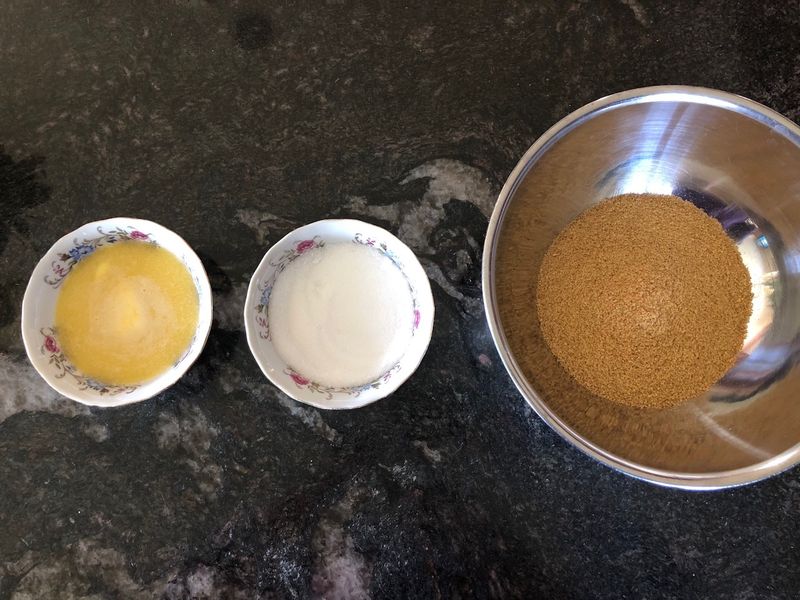Lemon Meringue Pie
Being in the pastry biz for nearly 10 years (already!), one of the most commonly asked questions directed to me has to be which dessert is my favourite. Truthfully, I don't really eat much dessert. I work a lot and unless it's a quick taste of something new for testing purposes, you will not find me eating the sweet stuff. I love to make and create but I am around it so much I suppose I have become a little desensitised. Now, with that said, it does not mean that I am made of stone and don't enjoy the little pleasures of life. I would just rather sit and enjoy what I am eating instead of blindly eating it just because it is in front of me. On these rare occasions, I would have to say that lemon meringue is my favourite. Pretty much lemon anything. No matter how complicated and intricate my repertoire has become, it always seems to come back down to basics. There is something so satisfying about the crisp crust, tart lemon curd and the fluffy, sweet meringue. Here's how I whip it up.

For the graham crust:
- 1 1/4 cups graham cracker crumbs
- 4tbsp sugar
- 1/3 cup butter, melted
- 1/2 tsp cinnamon
Combine all ingredients in a mixing bowl until all the graham has absorbed all the butter. If mixture is dry, add more melted butter, a little at a time.

Transfer graham mixture into a 9 inch pie plate and create an even crust layer. To help achieve this, take a dry measuring cup and gently push the graham mixture against the side of the pie plate. The graham will "climb" the edge and create an even crust around the plate.

Bake pie crust for 10 minutes at 350 degrees F. Allow to cool completely. In the meantime, make the lemon curd.


Lemon Curd
- 1/2 cup butter
- 2/3 cup sugar
- 1/2 cup lemon juice
- zest of two lemons
- 6 yolks (reserve the whites)
Melt butter in a medium pot and whisk in sugar, lemon juice and zest. Have a sieve and bowl at the ready. Once mix is warm and homogeneous, temper with the yolks. This means to gradually add a little of the mixture to the yolks while whisking to slowly introduce heat to the eggs. If you avoid this step, you risk making sweet scrambled eggs instead of a smooth curd. Once yolks are tempered, whisk egg mix back into the pot and whisk on medium-low heat until curd has bubbled and thickened and coats the back of a wooden spoon. Strain the mix into a clean bowl and wrap with plastic wrap making sure it has contact with the curd so that a skin does not form. cool completely for two hours before pouring into prepared pie crust.


Pour cooled curd into pie crust and make your meringue topping. There are different ways to make meringue but Swiss meringue is my personal favourite.
Swiss Meringue
- 6 egg whites
- 1 1/2 cups sugar
Place a medium pot filled with two inches of water on the stove. Bring to a simmer. In the meantime, place egg whites and sugar into the bowl of a stand mixer and whisk to combine. Once water has reached a simmer, rest bowl on top of the pot and whisk constantly until sugar has dissolved. This is called a double boiler or a "bain Marie". It introduces indirect heat to cook or dissolve whatever rests on top of it. You can make sure the sugar is dissolved by taking a bit of the mix between your index finger and thumb. If there are no sugar granules and it is smooth to the touch, it is ready. Remove bowl from double boiler and dry the bottom. Attach the bowl to your stand mixer and whisk on high speed until meringue is fluffy and the bowl is no longer warm to the touch. You can spread or pipe the meringue onto your pie. If you have a blow torch, you may carefully torch the meringue or you can also place the pie back into the oven and bake for a few minutes until the meringue has taken some color. The pie can be eaten right away or reserved in the fridge for later. Can be made a day ahead.



